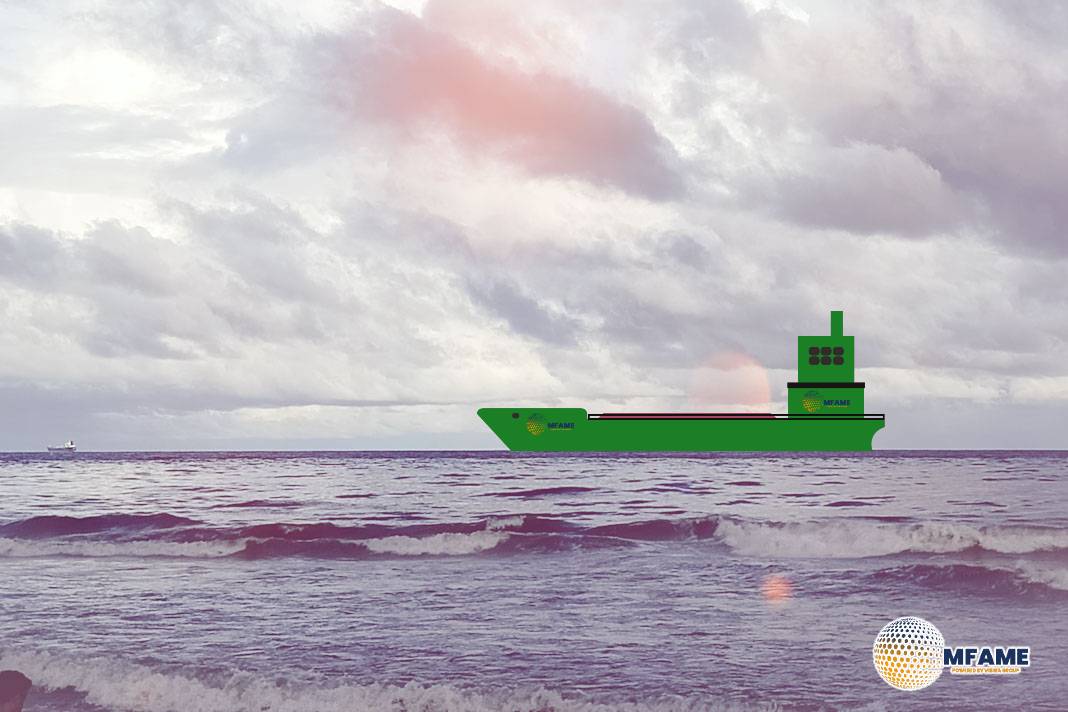- Freight Rates Surge After US Sanctions.
- Quarterly Average Remains Strong Despite Adjustments.
- Tighter Tonnage Supports Cautious Optimism.
In late December 2024, West Africa–Far East VLCC route rates fell to a 30-month low of $16.07/mt. But the market rallied in January following the US Office of Foreign Assets Control (OFAC) blacklisting 183 ships that were transporting Russian crude to China and India. This drove the route to a 10-month high of $27.82/mt on January 17, reports S&P Global.
The Quarterly Average Remains Elevated
While the rates trended lower after the initial peak, the Q1 2025 average still came in at a fairly high $22.09/mt. Market sentiment for the next few months is cautiously optimistic.
“We’ve seen a bit of a push, as tonnage is on the leaner side, so we have a positive outlook, but I’m not saying it will burst up,” said a Europe-based VLCC broker. “The US Gulf and Brazil are still active, so ton-miles are there, and ships are coming out of dry dock. In general, I think this is going to be a healthy year, but I’d be conscious about saying I’m bullish.”
Sanctions Cause Initial Shock, But Impact Fades
Despite the post-sanctions bulge in January, the eventual effect on fundamentals has been small. Chinese charterers soon compensated, resuming crude imports on non-sanctioned vessels as well as by STS (ship-to-ship) transfer. “Unipec and other Chinese charterers have been showing more inquiry for WAF, and we’re seeing more COAs out of WAF than previously, with the Saudi crude price hike,” noted a London-based VLCC broker.
Shift from Suezmax to VLCC Parcels
Stronger Suezmax rates have encouraged charterers to group cargo into VLCC parcels. The amount of VLCC loadings out of West Africa has increased from the mid-20s to a level of around 30 per month since the beginning of 2025.
Despite firm Q1 activity, concerns about the seasonal summer lull remain. The same London-based broker noted: “I imagine we will see a summer lull, with China focusing on other products as opposed to just crude, and charterers will often go under the radar and clip ships privately, but things will be inquiry dependent.”
Suezmax Market Rides high on CPC Growth
The Suezmax market too saw a good Q1, thanks to rising volumes out of the West African and Black Sea regions. On March 17, the WAF–UK/Continent route rose to $17.57/mt—the eight-month high. The Black Sea–Mediterranean route peaked at $14.86/mt on March 14—the 14-month high.
Tengiz Growth Spooks Volumes
One of the drivers of this rush was the growth of Kazakhstan’s Tengiz oil field, which Chevron reported on January 24. The project will add 260,000 b/d to production, bringing total output to 950,000 b/d. That has stretched the CPC loading schedule considerably, with March and April each having approximately 40 cargoes, double historical averages in the mid-20s.
Infrastructure Issues Cloud Outlook
That hopes have been soured by some recent operational woes. Ukrainian air strikes using drones in southern Russia and a kerfuffle at the Kerch Strait resulted in a temporary halt to two out of three mooring berths at the CPC terminal at Novorossiysk on March 31.
Legal Clearance, But Risks Remain
Although the mooring stations were ordered to reopen by a Russian court on April 4, the episode highlighted the CPC’s vulnerability to disruption. A London-based Suezmax broker noted: “Any lasting disruption to CPC loadings could lead to a decrease in rates in the wider Suezmax market once excess tonnage in the Atlantic region has had a chance to build up.”
Suezmax Sentiment Holds Steady
Despite infrastructure risks and summer seasonality, the short-term outlook remains stable. “CPC will do its thing and keep rates steady in Atlantic, but things will also depend on what the VLCCs do above us,” said a London-based Suezmax broker. “I’m still a big believer in Suezmaxes in general — CPC has taken away [cargoes] from Aframaxes, so there’s lots of business to be sorted, especially if ships go east.”
Seasonal Dip Expected, But No Sharp Fall
Another broker added that the market may cool slightly but isn’t likely to crash. “The summer is coming, and summers usually are slow,” said a Europe-based broker. “But currently the market is normal in terms of earnings not extravagant but not very low either. I think it will stay at around w100 for WAF-UKC as, based on past years, I don’t believe we’re going to see something low.”
Did you subscribe to our daily Newsletter?
It’s Free Click here to Subscribe!
Source: S&P Global

















